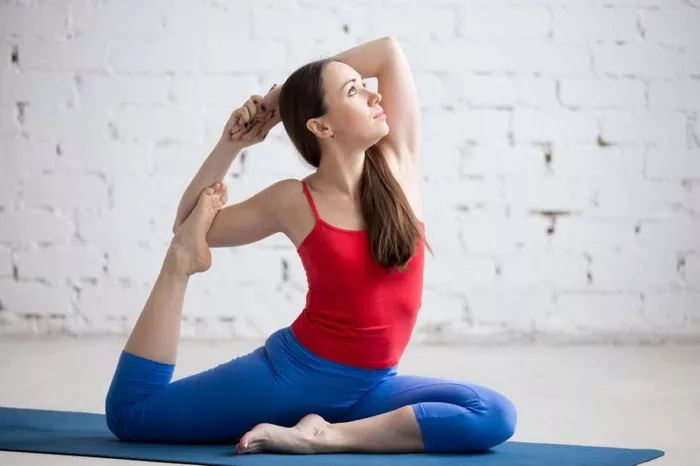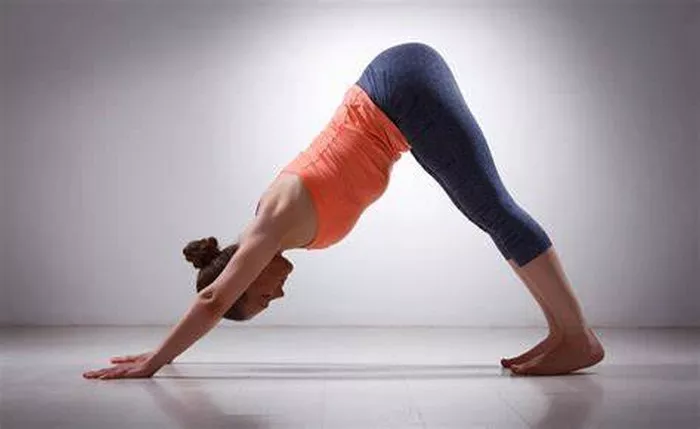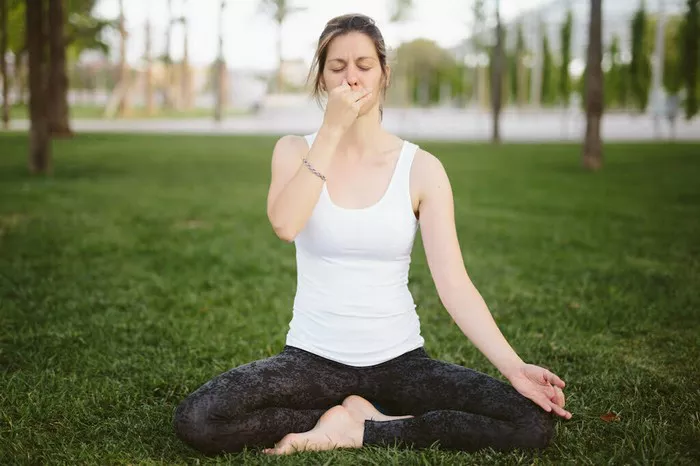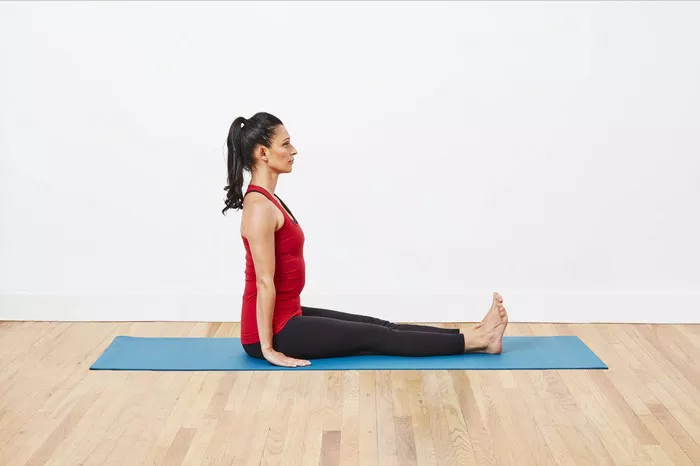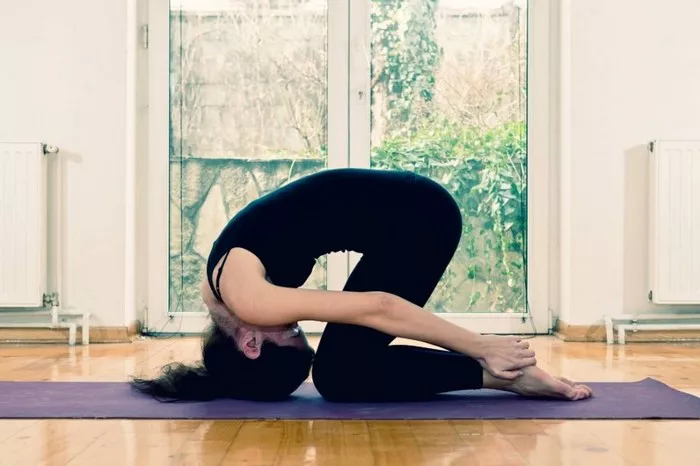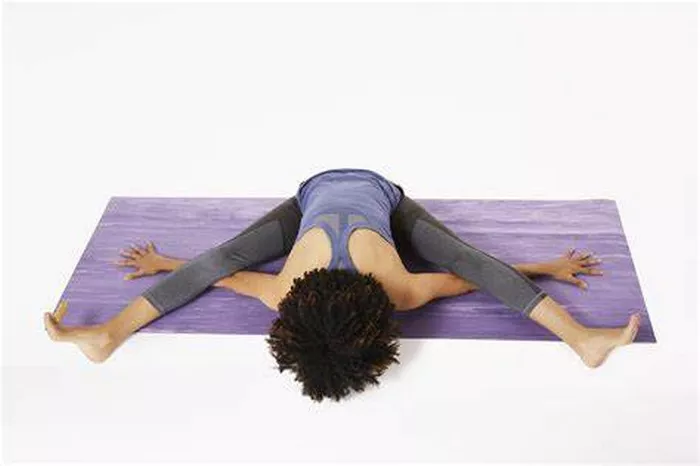Dhanurasana, also known as the Bow Pose, is a foundational backbend in yoga that resembles an archer’s bow. This powerful asana integrates strength, flexibility, and focus, making it a holistic practice for physical and mental wellness. Derived from the Sanskrit words “Dhanu” (bow) and “Asana” (pose), Dhanurasana stimulates multiple muscle groups and internal organs. When performed consistently and with proper alignment, it yields a wide range of health benefits. This guide offers a deep dive into ten key benefits of Dhanurasana and why incorporating it into your yoga routine can be transformative.
1. Enhances Spinal Flexibility and Strength
One of the primary benefits of Dhanurasana is its positive impact on the spine. The deep backbend required in this pose stretches and strengthens the entire spinal column, from the cervical to the lumbar regions. Regular practice can significantly improve spinal flexibility, which in turn enhances posture and reduces the risk of spinal injuries. The spine is central to the body’s mobility and nerve health, making this benefit especially valuable. Over time, the spine becomes more resilient and agile, aiding in daily movements and reducing chronic back pain.
2. Improves Posture
Poor posture is a common issue in today’s sedentary lifestyle, often resulting from prolonged sitting and screen time. Dhanurasana helps correct postural imbalances by strengthening the back muscles and opening up the chest. This asana stretches the shoulders and front torso while engaging the back, which naturally encourages an upright position. Improved posture not only makes one appear taller and more confident but also enhances lung capacity and digestion by allowing organs to sit correctly within the abdominal cavity.
3. Stimulates Digestive Organs
Dhanurasana exerts a beneficial pressure on the abdominal region, which stimulates the digestive organs. This action improves digestion, alleviates constipation, and can aid in relieving gas and bloating. The massaging effect on the stomach and intestines supports better nutrient absorption and helps maintain a healthy gut. With regular practice, individuals often notice a marked improvement in their metabolic functions. Moreover, the activation of the solar plexus chakra during this pose further enhances digestive fire (Agni), contributing to overall vitality.
4. Strengthens the Core and Abdomen
While it might appear to primarily target the back, Dhanurasana is also an excellent core-strengthening exercise. Holding the pose requires significant engagement of the abdominal muscles, especially the rectus abdominis and obliques. This engagement helps tone the stomach area and build a strong core, which is essential for balance and stability in both yoga and daily activities. A stronger core also supports the lower back, reducing the likelihood of injuries and improving overall functional strength.
5. Opens the Chest and Improves Lung Capacity
Dhanurasana involves a profound chest expansion, which is particularly beneficial for respiratory health. The pose lifts and opens the rib cage, allowing the lungs to fully expand and increasing their capacity. This improved lung function can lead to better oxygen intake, enhanced endurance, and reduced symptoms of asthma or respiratory distress. Practicing this asana regularly fosters deeper and more efficient breathing patterns, which positively impact overall energy levels and stress management.
6. Reduces Stress and Fatigue
The Bow Pose has a stimulating yet calming effect on the mind and body. By opening the heart and activating the adrenal glands, it helps release endorphins and reduce cortisol levels, thereby alleviating stress and mental fatigue. Additionally, the pose encourages mindful breathing, which further aids in relaxation and mental clarity. Practicing Dhanurasana as part of a regular yoga routine can be particularly helpful for those dealing with anxiety, depression, or burnout, providing a natural and holistic way to restore emotional balance.
7. Improves Circulation
Dhanurasana enhances blood flow throughout the body, particularly to the spinal cord, brain, and digestive organs. Improved circulation ensures that nutrients and oxygen are efficiently delivered to various tissues, while waste products are swiftly removed. This promotes cellular health and aids in quicker recovery from fatigue or injury. Better blood flow also contributes to glowing skin, sharper cognitive functions, and overall vitality. Including this pose in your practice can help maintain a robust circulatory system and improve physical performance.
8. Boosts Hormonal Balance
This asana has a direct impact on the endocrine system. The compression and release mechanism involved in the pose stimulates hormone-secreting glands such as the thyroid, adrenal, and reproductive glands. Improved glandular function leads to better hormonal balance, which is essential for regulating mood, metabolism, and reproductive health. For women, this can help ease menstrual discomfort and support hormonal fluctuations during menopause. For men, it can aid in maintaining testosterone levels and reproductive vitality.
9. Aids in Weight Management
By activating key muscle groups and improving metabolic rate, Dhanurasana supports healthy weight management. The pose burns calories, tones muscles, and promotes efficient energy utilization, all of which contribute to fat loss and lean muscle development. Additionally, the asana’s impact on digestive and endocrine systems ensures that the body is functioning optimally, making weight control more achievable and sustainable. When combined with a balanced diet and lifestyle, Dhanurasana becomes a powerful ally in fitness goals.
10. Encourages Mind-Body Connection
Dhanurasana, like many yoga poses, fosters a deep connection between the mind and body. The physical exertion required is balanced by the mental focus and breath control it demands. This union enhances self-awareness, promotes mindfulness, and cultivates inner harmony. Practitioners often report feeling more in tune with their emotions and bodily sensations, leading to better stress management and emotional resilience. Over time, this enhanced awareness can extend beyond the yoga mat, improving decision-making and overall well-being.
Tips for Practicing Dhanurasana Safely
- Always warm up the body with light stretching before attempting Dhanurasana.
- Avoid the pose if you have severe back problems, hernia, or are in the late stages of pregnancy.
- Use a yoga strap if reaching your ankles is challenging.
- Hold the pose for 15-30 seconds initially, gradually increasing duration as strength improves.
- Focus on even breathing throughout the pose to maximize benefits.
Conclusion
Dhanurasana is more than just a physical exercise—it’s a holistic tool for health and self-discovery. From improving spinal health and digestion to reducing stress and balancing hormones, the benefits of this dynamic asana are extensive and well-rounded. By incorporating Dhanurasana into your regular yoga routine, you can enhance your physical strength, mental clarity, and emotional stability. As always, practice with intention, listen to your body, and consult with a yoga professional if you have health concerns. With dedication and mindful practice, the Bow Pose can indeed become a cornerstone of your wellness journey.
Related Topics:


